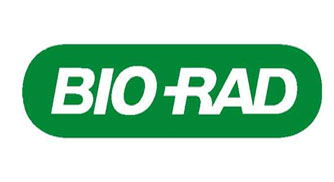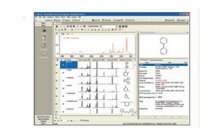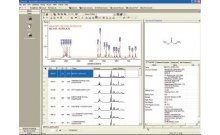红外谱检索策略_归一化及欧几里得距离与首次衍生算法
Search Strategies for IR Spectra - Normalization and Euclidean Distance vs. First Derivative Algorithm
Bio-Rad's purpose in this note is to try to help you with your selection of algorithms and interpretation of your results. This Application Note will explain the basics of normalizing spectra and examine the difference between the Euclidean Distance, and the First Derivative search algorithms.
Summary
If your unknown spectrum has a flat baseline near zero absorbance units, then a Euclidean algorithm would be a good first choice. If your unknown has a sloping baseline, then either correct the baseline before searching or use the First Derivative algorithm.
The Euclidean Distance algorithm is essentially trying to match areas under the curve. It does not have any knowledge of what is spectroscopically significant. This leads to bands with a broad area like the OH stretch, being weighted very heavily in the search due to its large area, while a sharp band such as a CºN may be ignored because of its small area compared to the rest of the spectrum.




